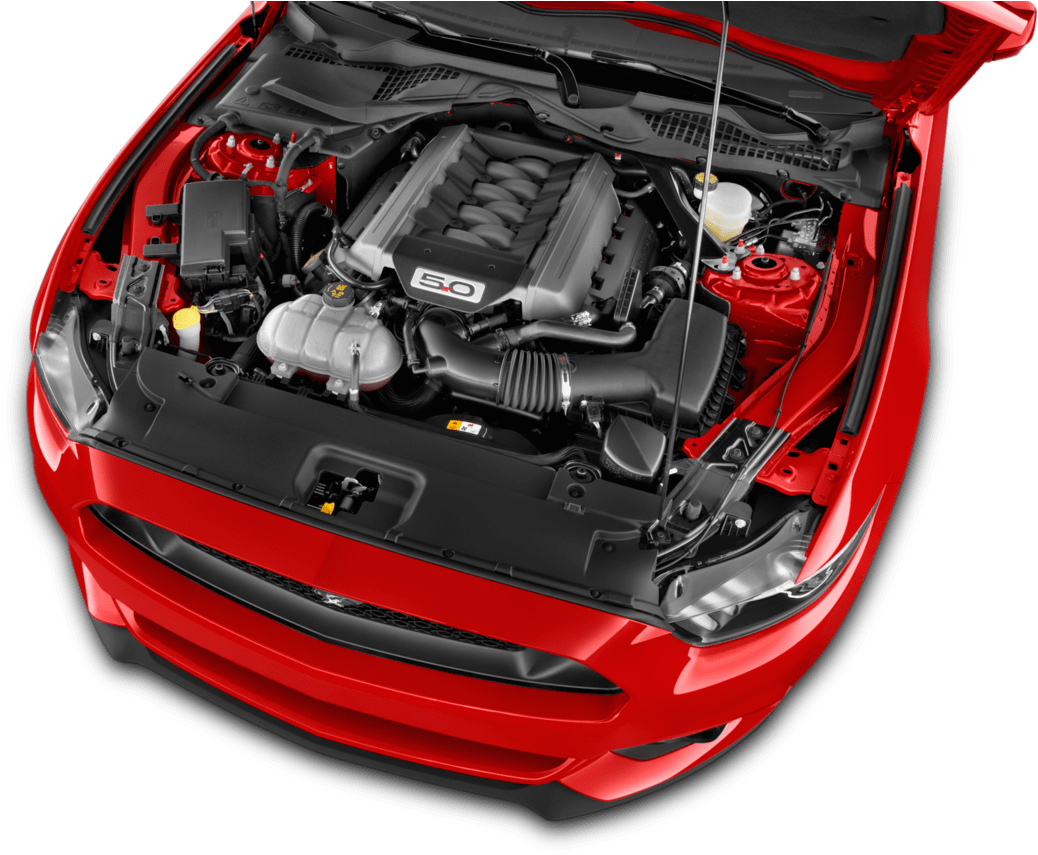Boost Your Adventure with a High-Quality Opel Corsa Engine
Boost Your Adventure with a High-Quality Opel Corsa Engine
Blog Article
Checking Out the Inner Workings of a Compact Lorry's Engine System
As vehicle drivers, we frequently take for given the detailed processes that take place within the boundaries of our lorry's engine system. The compact yet complicated equipment that propels us ahead is a wonder of design precision and sychronisation. From the regulated surges in the burning chamber to the precise timing of fuel shot, every component plays an essential duty in the smooth operation of the engine. In this expedition of a compact vehicle's engine system, we will certainly decipher the internal workings of this mechanical harmony, shedding light on the enigmas that drive us forward on our everyday journeys.
Burning Process Summary
The burning procedure in a compact automobile's engine system is a crucial system that successfully converts fuel into power to power the lorry. This process happens within the burning chamber of the engine, where gas and air mix, ignite, and create regulated surges. The burning procedure includes 4 main phases: intake, exhaust, compression, and power.
During the intake phase, the piston relocates downward, attracting in a mix of air and gas into the combustion chamber. This down activity creates the power needed to drive the car. This cyclic combustion procedure is fundamental to the operation of a small automobile's engine system, making certain efficient energy conversion for propulsion.
Piston and Cylinder Interaction

The piston's accurate fit within the cylinder is vital for preserving ideal compression and stopping energy loss during combustion. Tight clearances between the piston and cylinder walls guarantee efficient sealing, allowing the piston to relocate efficiently without enabling gases to leakage past. Correct lubrication is additionally crucial to minimize friction and wear between these parts, boosting durability and efficiency.
In addition, the style and materials used in manufacturing the piston and cyndrical tube effect engine effectiveness and sturdiness. Modern engines typically utilize lightweight yet durable products like aluminum alloys helpful site for pistons and cylinder linings to decrease inertia and enhance thermal performance. In general, the harmonious communication between the piston and cyndrical tube is essential to the engine's functionality and total efficiency.
Fuel Injection System Capability
Fuel shot systems in small vehicle engines play an essential function in precisely providing fuel to the burning chamber for effective and regulated ignition. The fuel shot system functions by injecting fuel right into the burning chamber at the ideal minute during the engine's procedure (opel corsa engine). This exact timing makes sure that the gas mixes evenly with the air for correct combustion, causing improved gas efficiency and minimized exhausts
There are mainly 2 types of gas shot systems used in portable vehicle engines: port fuel shot (PFI) and straight fuel injection (DFI) PFI systems infuse fuel into the consumption port prior to the intake valve, while DFI systems infuse gas straight into the burning chamber. Both systems have their advantages, with DFI providing far better fuel atomization and PFI offering a much more cost-effective remedy.
Understanding Engine Air Conditioning Devices
Efficient operation of a portable car's engine counts greatly on the performance of its cooling mechanisms. The air conditioning system in a compact vehicle typically consists of a number of components working together to control the engine temperature. Understanding these engine cooling devices is essential for maintaining the efficiency and long life of a small vehicle's engine system.

Exhaust System Components Explained
The optimum functioning of a compact automobile's engine cooling mechanisms depends on a corresponding system recognized as the exhaust system, which consists of different essential parts for making certain effective exhausts and engine efficiency. The exhaust manifold collects exhaust gases from the engine's paths i was reading this and cyndrical tubes them to the catalytic converter.
One crucial component of the exhaust system is the oxygen sensing unit, which monitors the oxygen degrees in the exhaust gases to aid regulate fuel consumption and ensure optimal Bonuses engine efficiency. opel corsa engine. Furthermore, the resonator may be present in some exhaust systems to minimize sound degrees. In general, the exhaust system plays a crucial role in preserving engine effectiveness, minimizing unsafe exhausts, and ensuring a quieter driving experience for compact car proprietors

Final Thought
To conclude, the portable car's engine system is a complex mix of elements that interact to assist in the burning procedure, transform gas into power, and eliminate waste gases. Recognizing the inner functions of the engine system, consisting of the piston and cylinder interaction, gas shot system, engine air conditioning mechanisms, and exhaust system elements, is essential for preserving optimal efficiency and performance of the automobile.
The combustion process in a compact lorry's engine system is an important system that successfully converts fuel right into power to power the car.Gas injection systems in small vehicle engines play an important function in precisely supplying gas to the burning chamber for efficient and regulated ignition.There are primarily two types of gas injection systems used in compact lorry engines: port fuel shot (PFI) and direct fuel injection (DFI) Comprehending these engine cooling devices is important for preserving the efficiency and durability of a small automobile's engine system.
The optimal performance of a compact vehicle's engine cooling systems depends on a corresponding system understood as the exhaust system, which comprises various necessary elements for ensuring reliable discharges and engine performance.
Report this page